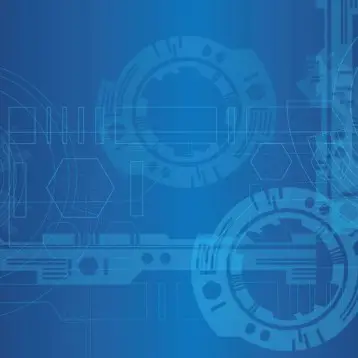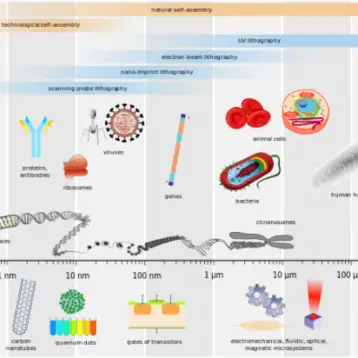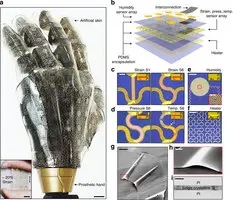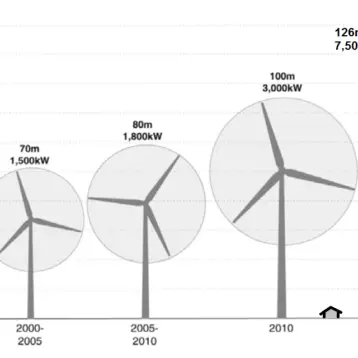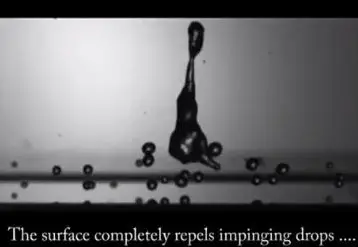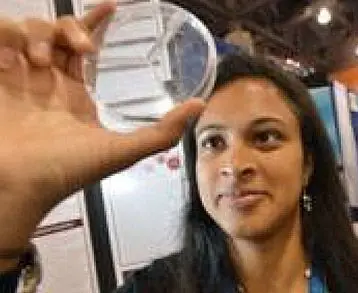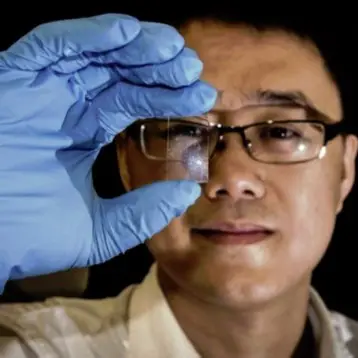The robotic soccer players, or “nanobots”, which are commonly manufactured from such materials as aluminum, nickel, gold, silicon, and chromium, are operated by remote control under an optical microscope. They move in response to altering magnetic fields or electrical signals transmitted through the soccer field itself.
The nanobots, which represent teams from Carnegie Mellon University, the U.S. Naval Academy, and the University of Waterloo, are tested on a variety of skills, including the capability to demonstrate agility, maneuverability, response to computer control, and the ability to move objects. However, soccer is not the only competition routine on which the nanobots will be tested. For example, in one of the rounds the robots will compete for speed, “sprinting” across the playing field. In another routine, they will have to pass an obstacle course, in which the path is scattered with small polymer posts, while another task requires the nanobots to move nanoscale balls into specified goal posts. One team announced its plans to operate their nanobot underwater in order to reduce friction – a major issue for the tiny competitors.
|
These microscopic robots are not created solely for the sake of intellectual amusement – nanoscale robots are expected to be useful in many fields of science. For instance, they could perform guided microsurgical tasks in the depths of the human body and could be employed to manufacture atom-sized components for microscopic electronic devices. NIST’s primary goal is to show the feasibility and accessibility of Micro-Electro-Mechanical-System (MEMS) technologies that integrate almost nano-sized mechanical elements and electronics onto semiconductor chips.
The next “RoboCup” tournament, will be held on June 29th– July 5th, 2009, in the city of Graz, Austria, and will host the first official “Nanogram League” for soccer nanobots.
Be sure to check out TFOT’s previous coverage of the 2007 “RoboCup” tournament, which was held at the Georgia Institute of Technology in Atlanta. TFOT also reported on several other nanorobtic advances, such as “nanoworms”, miniature devices that can be navigated through blood vessels without triggering a significant immune response, which were recently developed at the University of California, San Diego, and “microbots” developed at the Chonnam National University in Korea, which may be used to release drugs when hitting a blood clot.
More information on the Nanosoccer challenge can be found on the NIST website.



